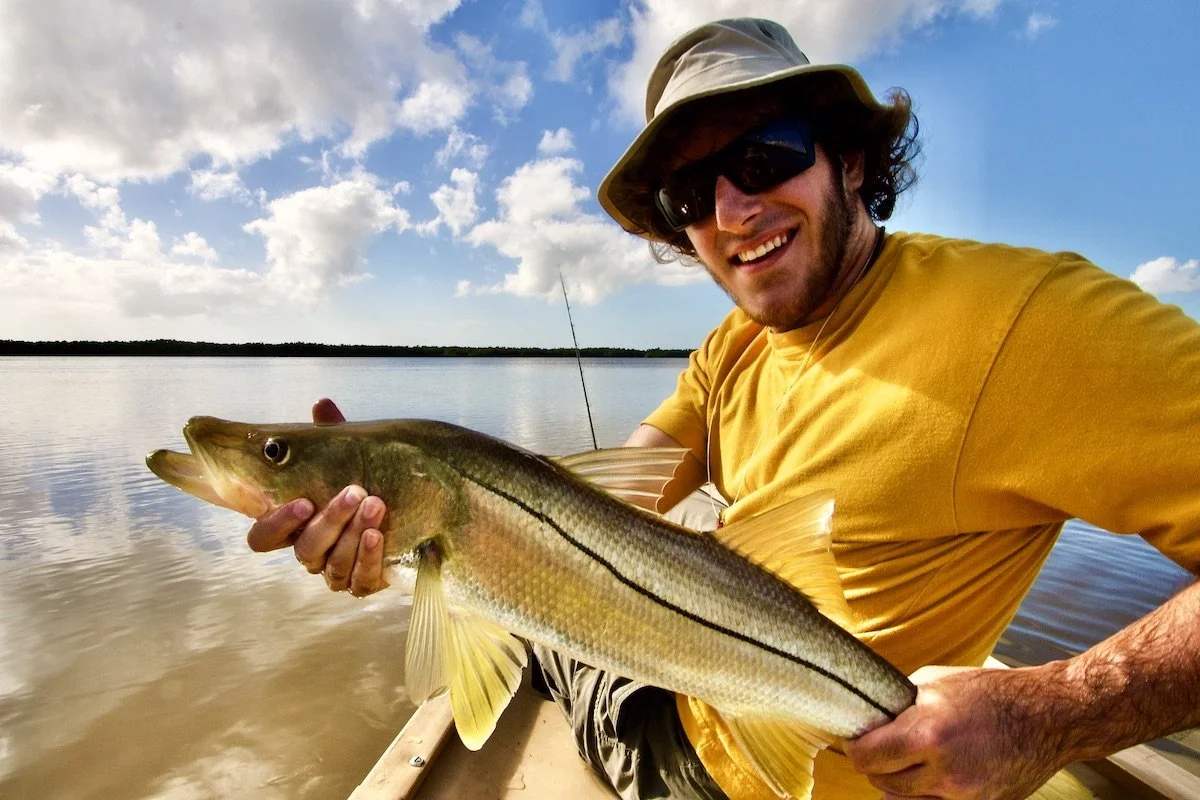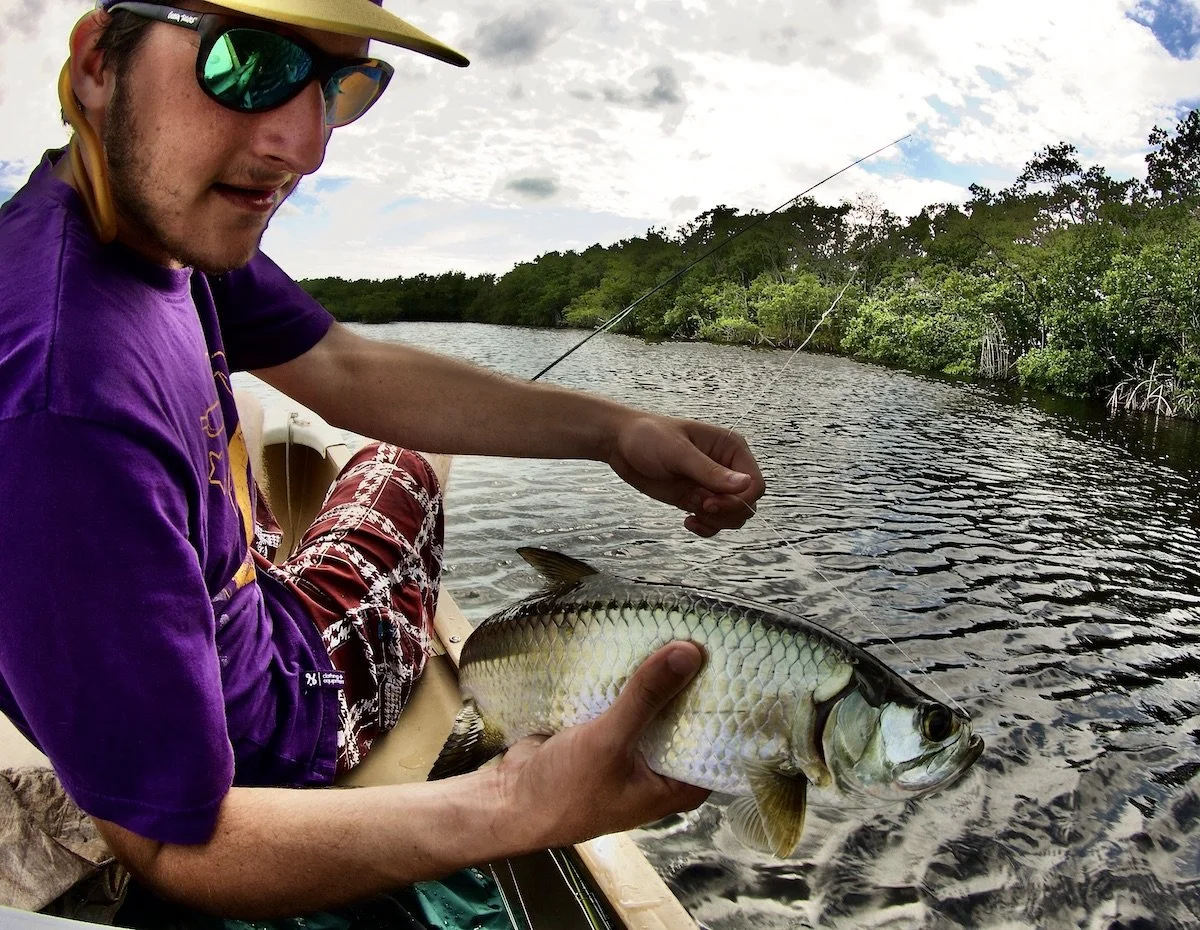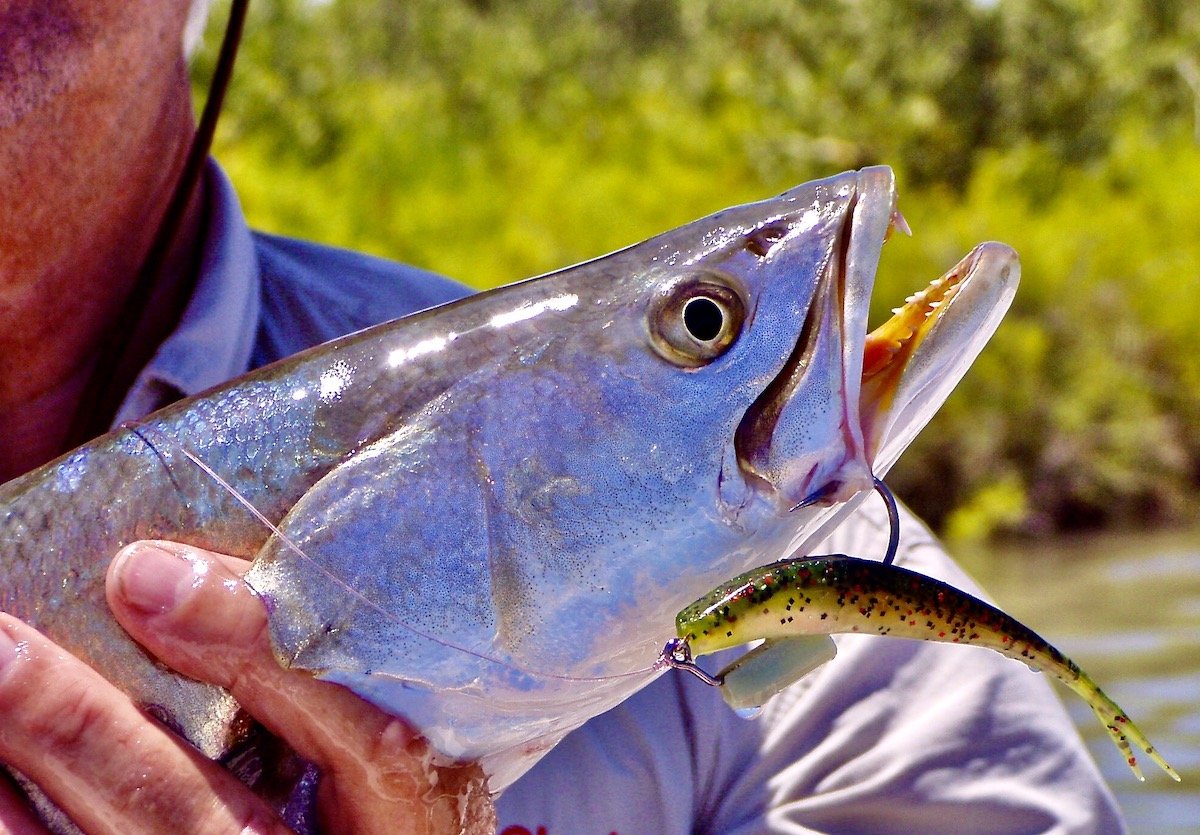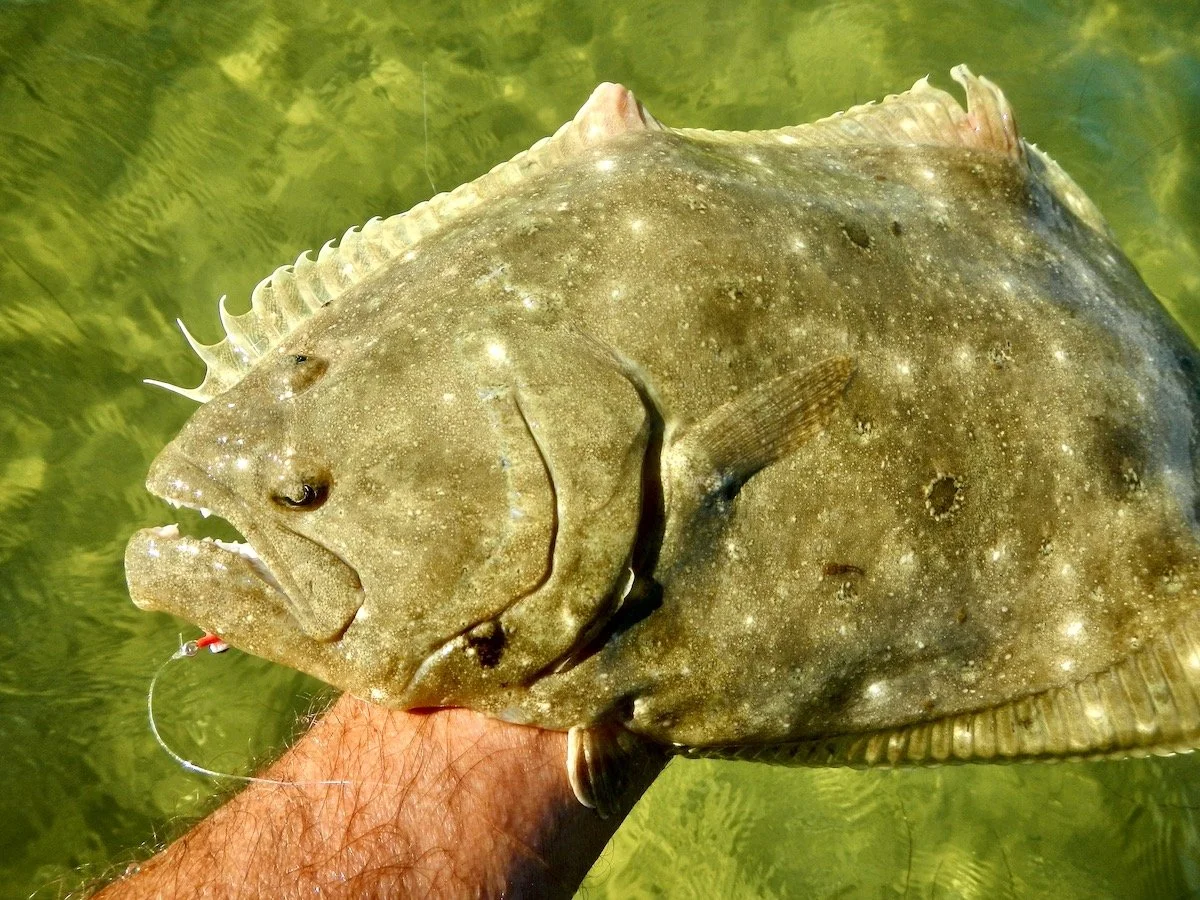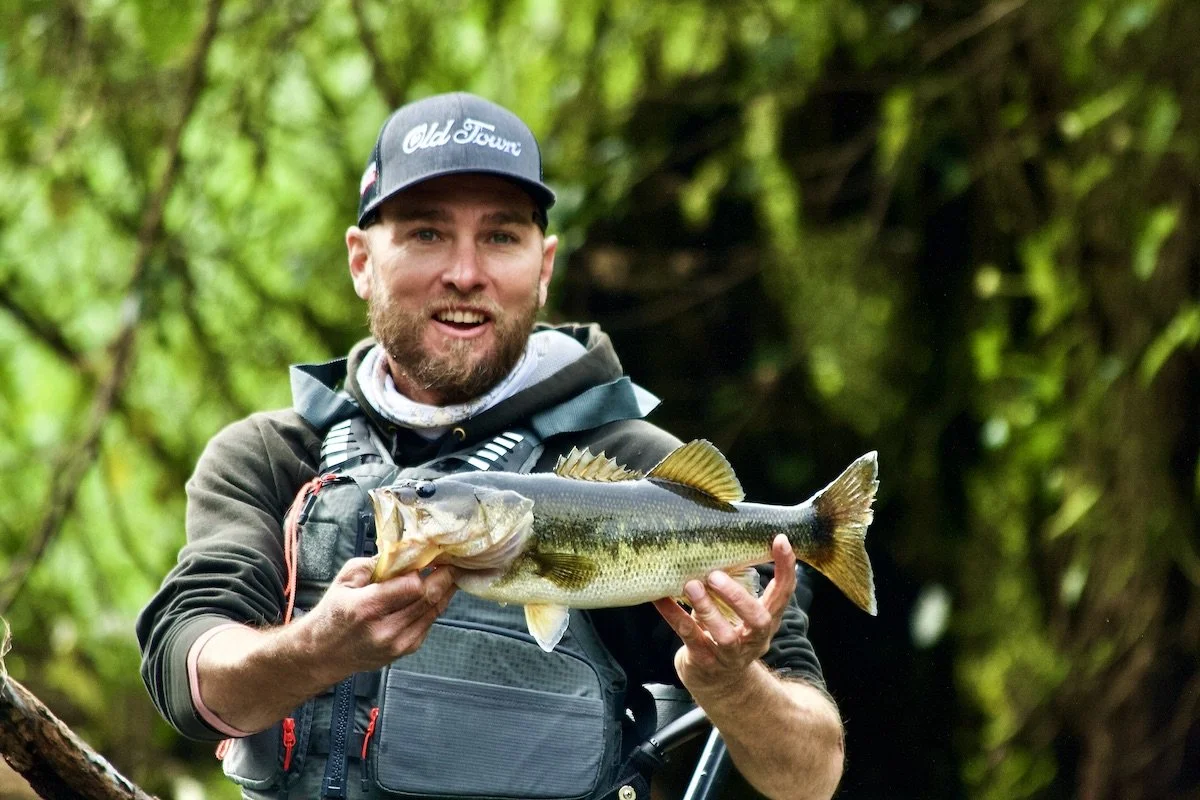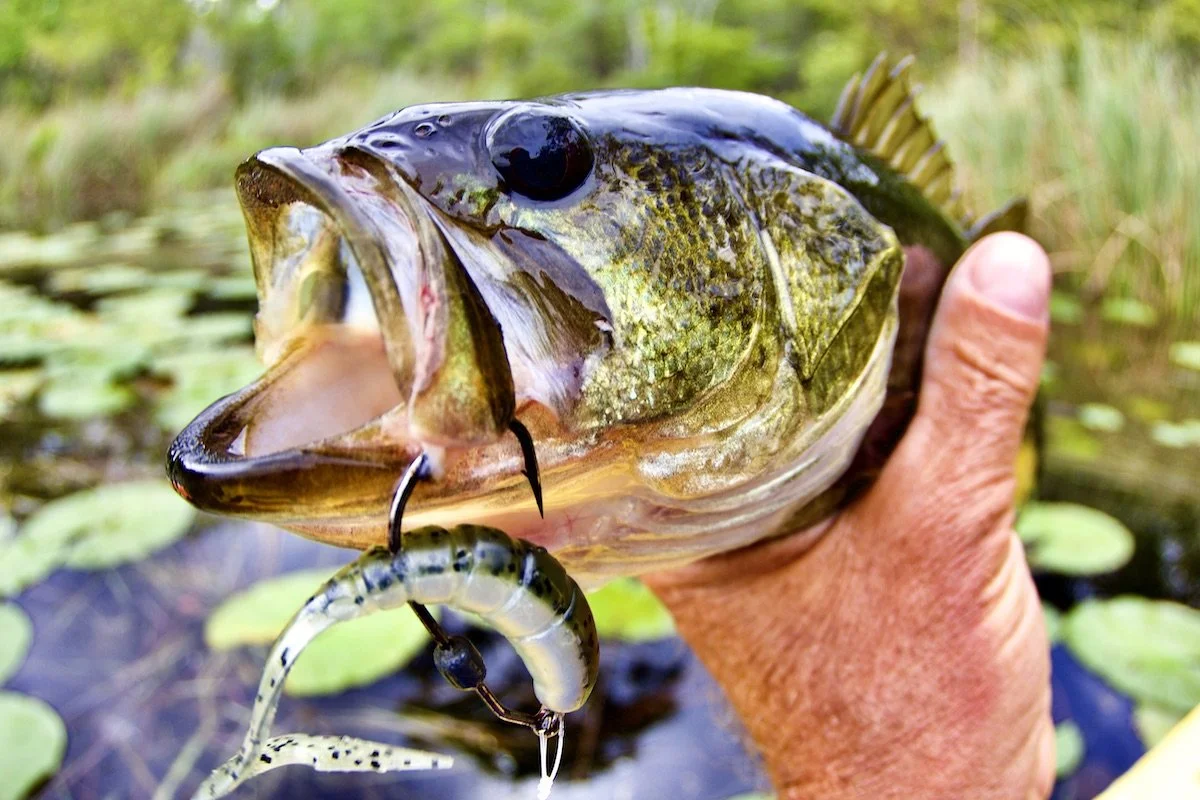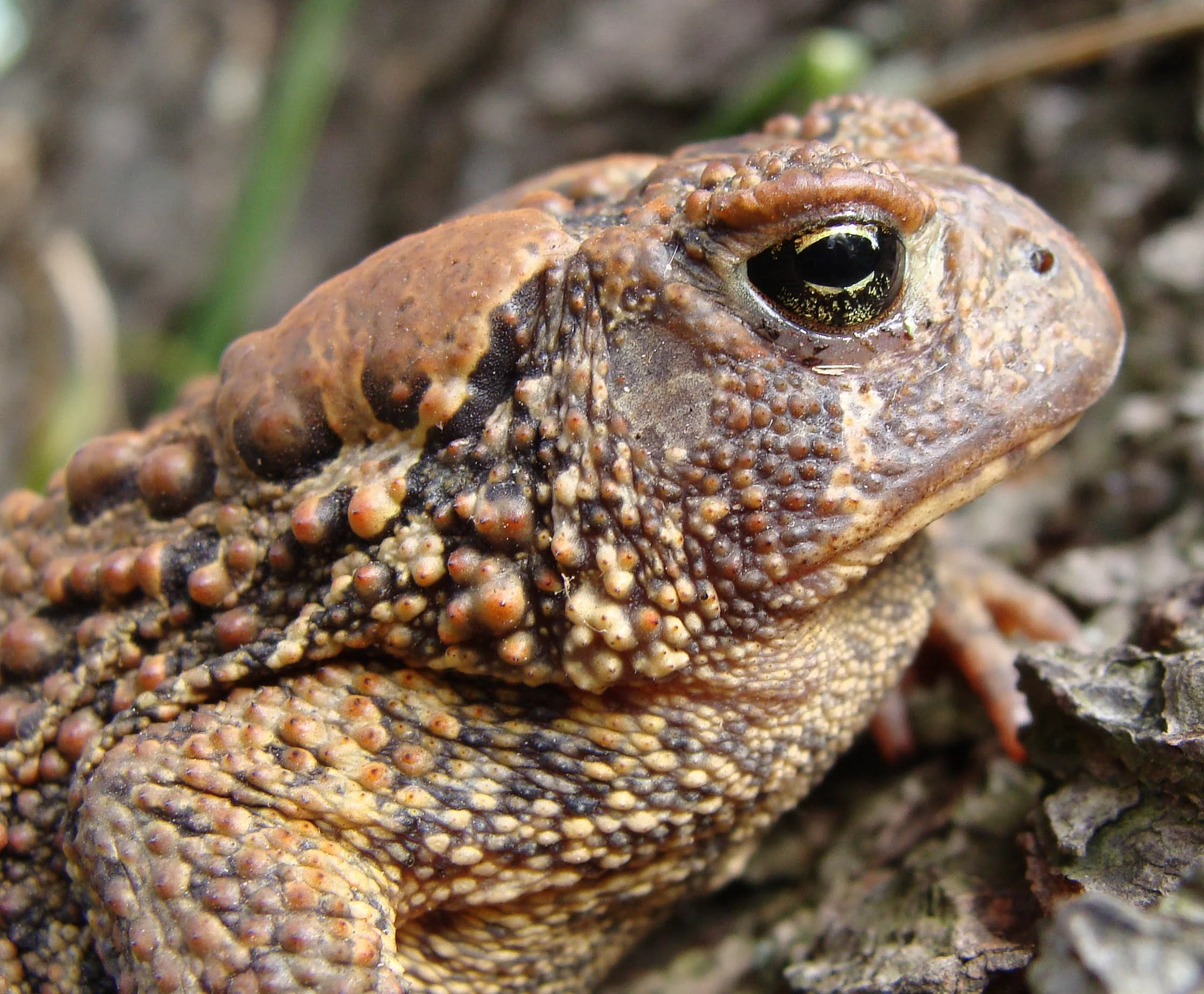Top Five Must-Do Florida Paddle Fishing Trips
By: John Kumiski
Picking only five paddle fishing trips to take in Florida? Ha! You’ll find hundreds, no, thousands, of such trips to take here. However, if we had to pick five, these would not be a bad start.
First, a few caveats.
This reporter prefers to paddle away from motorboat traffic. The picks reflect that.
This reporter prefers to fish in beautiful, natural areas as opposed to next to power plants, highway overpasses, or in drainage ditches. The picks reflect that.
This reporter prefers to sight fish whenever possible. The picks reflect that.
If you have a cartop paddle vessel, you can launch it almost anywhere. You can fish tiny streams, big rivers, ponds, lakes, tidal flats and bays, or out off the beach. The choices are limited only by your imagination and willingness to work, and of course the weather. Florida offers limitless paddling opportunities.
Now, on to the picks.
1. Everglades National Park
Alex Kumiski with a backcountry tarpon in Everglades National Park, Hell's Bay vicinity
Everglades National Park offers outstanding freshwater fishing for bass and sunfish and exotic species such as cichlids, and equally fine saltwater fishing for snook, tarpon, redfish, seatrout, and more. You can take a trip of a couple hours or one of a couple weeks.
One of my favorite paddle trips out of the Flamingo area is the Hell's Bay Canoe Trail. An intricate network of mangrove tunnels leads to remote ponds and mangrove marshes. Bass and cichlids, snook, baby tarpon, redfish, and more are possible in a one-day trip. You can camp on the Pearl Bay or Hell's Bay chickee and spend several days if desired (you'll need a backcountry camping permit).
I got a couple dozen snook on a red and white seaducer from one fallen tree on my first visit here. That experience will cause repeat visits!
When they were young, my sons and I camped on the Hell's Bay chickee. Alex disappeared into the darkness one evening to take care of business. His disembodied voice came excitedly out of the darkness- "I'm peeing on an alligator!" The reptile was apparently waiting for table scraps where Alex chose to do his job. I'm still glad he didn't fall off the platform!
This wild trip can be done as an out-and-back or as the beginning of a major Everglades expedition. It's not to be missed.
2. Canaveral National Seashore
We fooled this Mosquito Lagoon trout with a soft plastic lure while fishing Canaveral National Seashore.
You could drag your vessel to the edge of the sea here and launch it. But the part of Canaveral National Seashore I'm talking about is the maze of islands, channels, and flats between Oak Hill, Edgewater, and Eldora, at the north end of Mosquito Lagoon. While you will find variety, redfish and seatrout are the primary species here, and sight fishing is the best technique.
The Geologic Survey maintains a gauge on the Haulover Canal. You can see the water level in real time. Paddle fishing here will be best when the gauge reads at 0.5 or below, which usually happens between New Year's Day and Easter.
During this season you will find big trout laid up on white sand spots in the grass. Redfish could be anywhere. If God smiles on you, you'll find a school of hundreds, hours of entertainment. The best days typically happen when the wind lays down following a cold front.
If you're inclined to camp, the National Seashore maintains backcountry campsites (you'll need a backcountry camping permit). Then you can spend several days exploring and fishing here. Bring bug spray.
3. St. Joe Bay
A nice flounder from St. Joe Bay.
This bay offers protection from all but north winds, crystal clear water, great wading in many places, and a wide variety of saltwater fish including seatrout, redfish, Spanish mackerel, flounder, pompano, bluefish, kingfish, tarpon, cobia, and more. You can stay in luxury in one of the many rental waterfront condos or camp at St. Joseph Peninsula State Park, a great facility. Actually, the state park has cabins for rent too, although I've never stayed in them.
The bottom of east side of the bay has (very generally) a stair-step arrangement- a shallow flat, largely exposed at low tide, drops off to a deeper flat, which drops off again to a still deeper area. The deeper parts of the bay are over 30 feet deep. Big fish come in here.
The south and west sides of the bay have extensive shallow flats covered with thick seagrass beds. They're interspersed with sand holes and sandbars, eventually dropping into the depths. It's gorgeous, paradisiacal.
In the event you find yourself blown out here because of a north wind, you can simply take your vessel to nearby Apalachicola Bay, hardly a drop-off as far as quality of fishing is concerned.
4. Rock Springs Run
Mike Conneen shows off his Rock Springs Run bass.
At this central Florida gem, it's more about the aesthetics than the size of the fish. You'll find plenty of brilliantly colored fish here, but they tend to be small ones- stumpknockers, redbellies, even the bass run small. Use ultralight tackle and small, weedless baits (I like the Beetle Spin or a three-weight fly rod), and you will have fun racking up the numbers, if not the poundage. A bruiser will surprise you on occasion.
The spring that starts the run rises in Kelly Park. Once the run leaves the park boundaries, it passes King's Landing (the put-in), a few pieces of private property, and then winds eight miles through state park lands before joining the Wekiva River between Wekiwa Spring and Wekiva Marina (the take-out).
Those eight miles pass through pretty wild country, the last remaining in this part of the state. You'll see deer, raccoons, turkeys, various types of reptiles, and a wide assortment of birds, with an outside chance of spotting a black bear. Portions of the river pass through meadows resembling wildflower gardens. Primitive campsites are available, but reservations required.
Launch your own vessel or rent one at King's Landing. They will pick you up at Wekiva Marina (food and drink available) and return you to the start point, for a fee, of course.
Don't forget to bring a sense of wonder.
5. Basin Bayou
A largemouth from Basin Bayou.
The strip of asphalt running along the north side of Choctowhatchee Bay is known as State Highway 20. On the bay side of S Hwy 20 you will find, if you're lucky, Nick's Seafood Restaurant. Next to Nick's lies a public boat ramp, with Nick's supplying the parking. Launch your paddle vessel there and paddle under the highway bridge, and you will enter a small body of water called Basin Bayou.
In the southwest corner of the bayou there are a handful of houses. Other than that, the pond's shoreline is completely wild- cypress, red maple, slash pine, the usual suspects. Ospreys and bald eagles patrol the skies, while barn owls hoot from the woods.
The water is tannin-stained but clear. Thick beds of Vallisneria carpet the bottom, and rafts of water lilies hide in tucked away corners. On the north side of the bayou an explorable stream enters.
Fish species include both freshwater types like largemouth bass, sunfish, and chain pickerel, and saltwater types like redfish and seatrout, which come in from the bay. Once your fishing is over, you can enjoy some oysters and a cold beverage at Nick's. Not to be missed.
Florida remains one of the world's best paddle fishing destinations. Use these picks as a starting point and take full advantage of it!
Have you done something interesting outdoors? Join Global Outdoors and write a review to tell everyone about it! We’re building the home for trusted reviews of outdoor experiences, outfitters, and guides.
